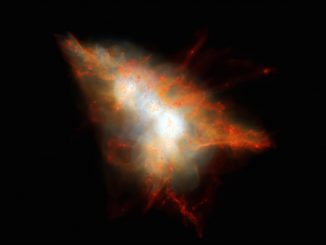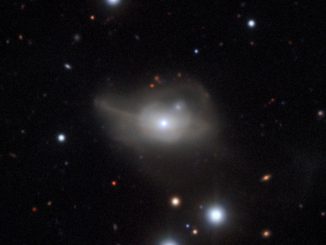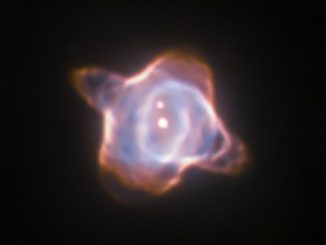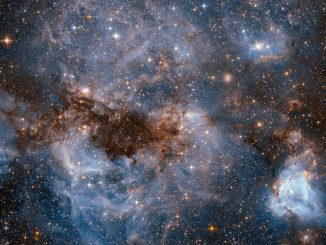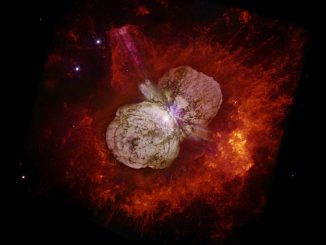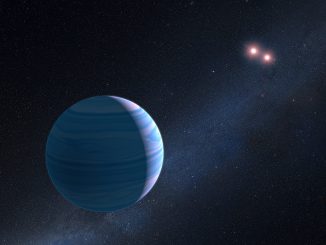
Hubble helps find light-bending world orbiting two stars
A distant planet orbiting two red dwarf stars, found by its warping of spacetime, has been confirmed using observations from the NASA/ESA Hubble Space Telescope. The planet’s mass caused what is known as a microlensing event, where light is bent by an object’s gravitational field. This is the first circumbinary planet to be confirmed following detection of a microlensing event.


